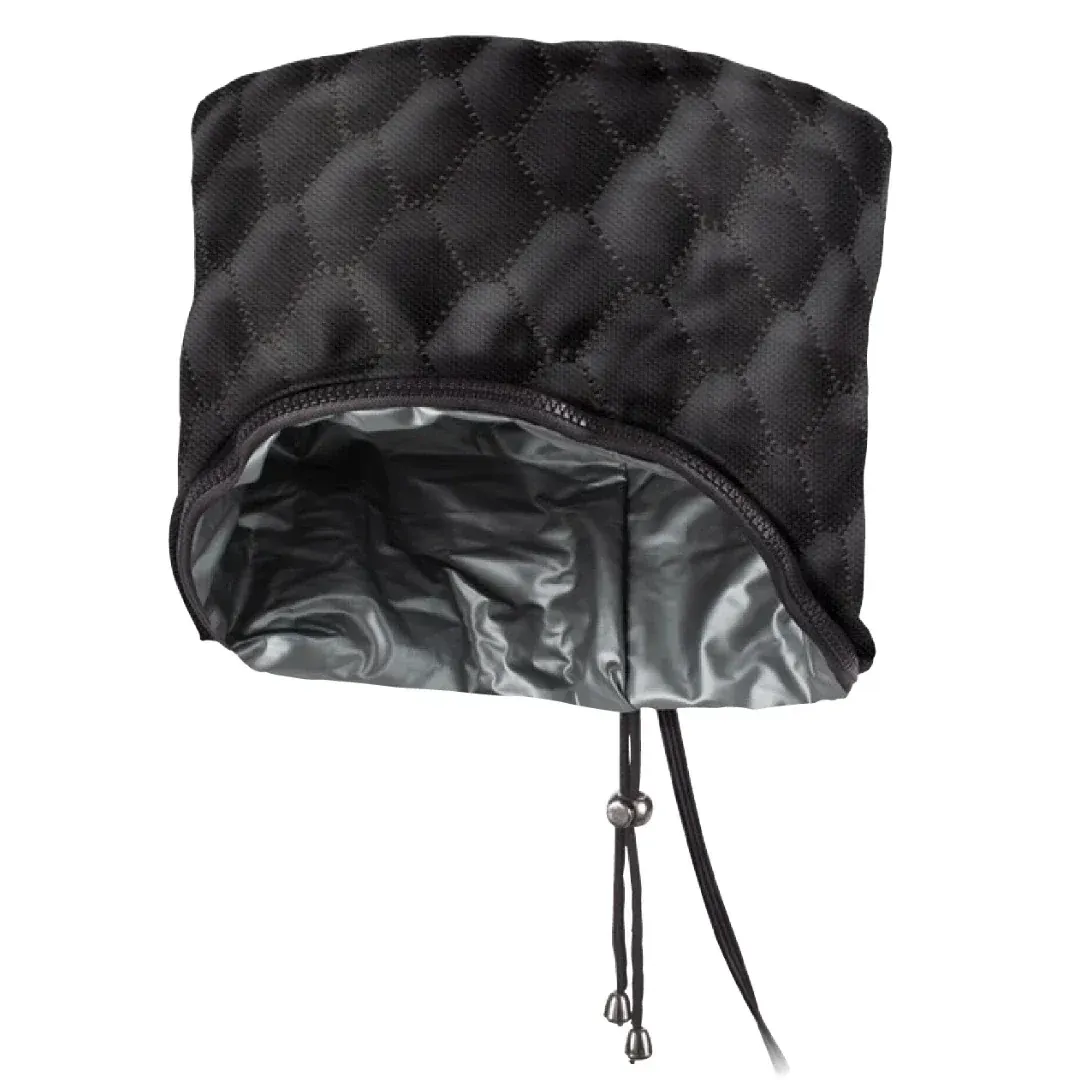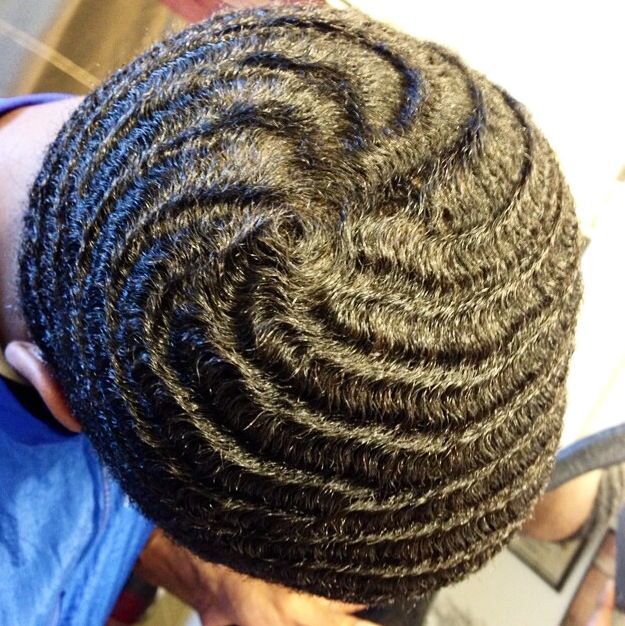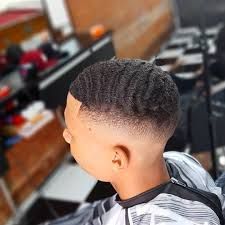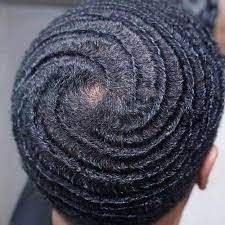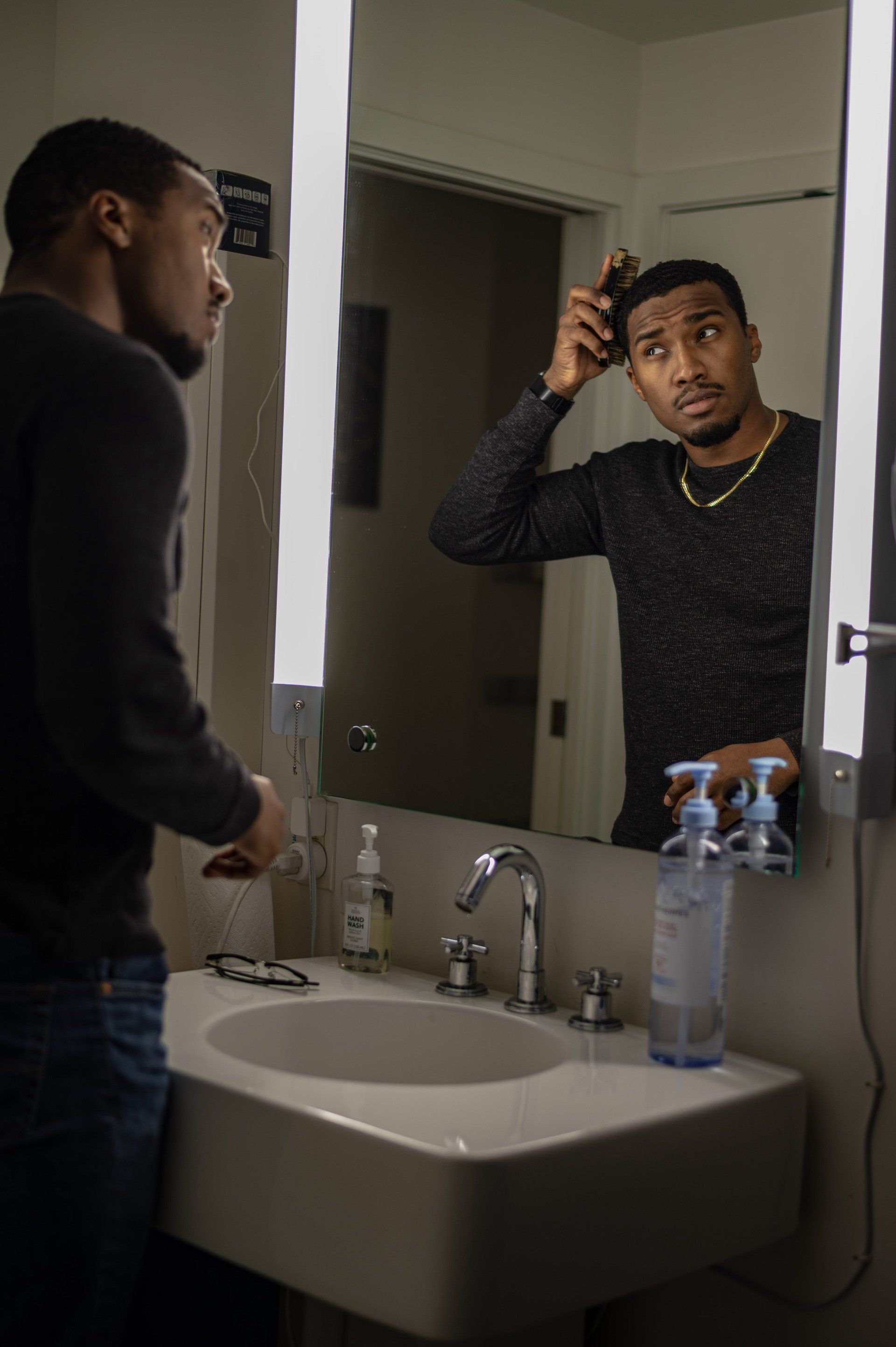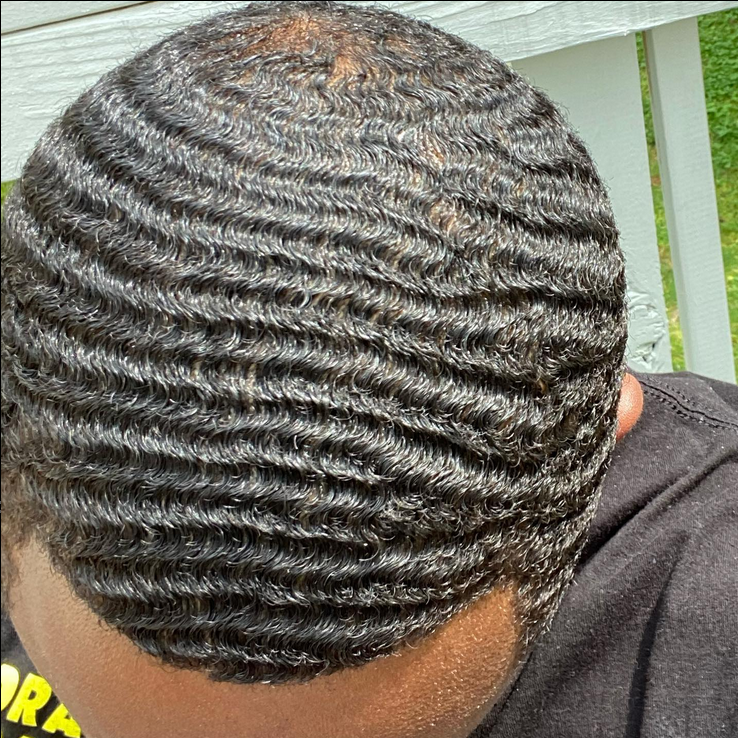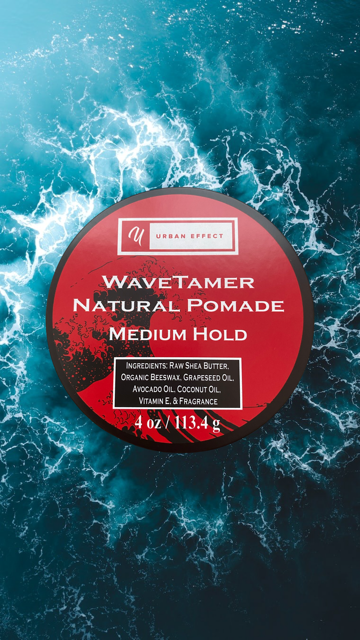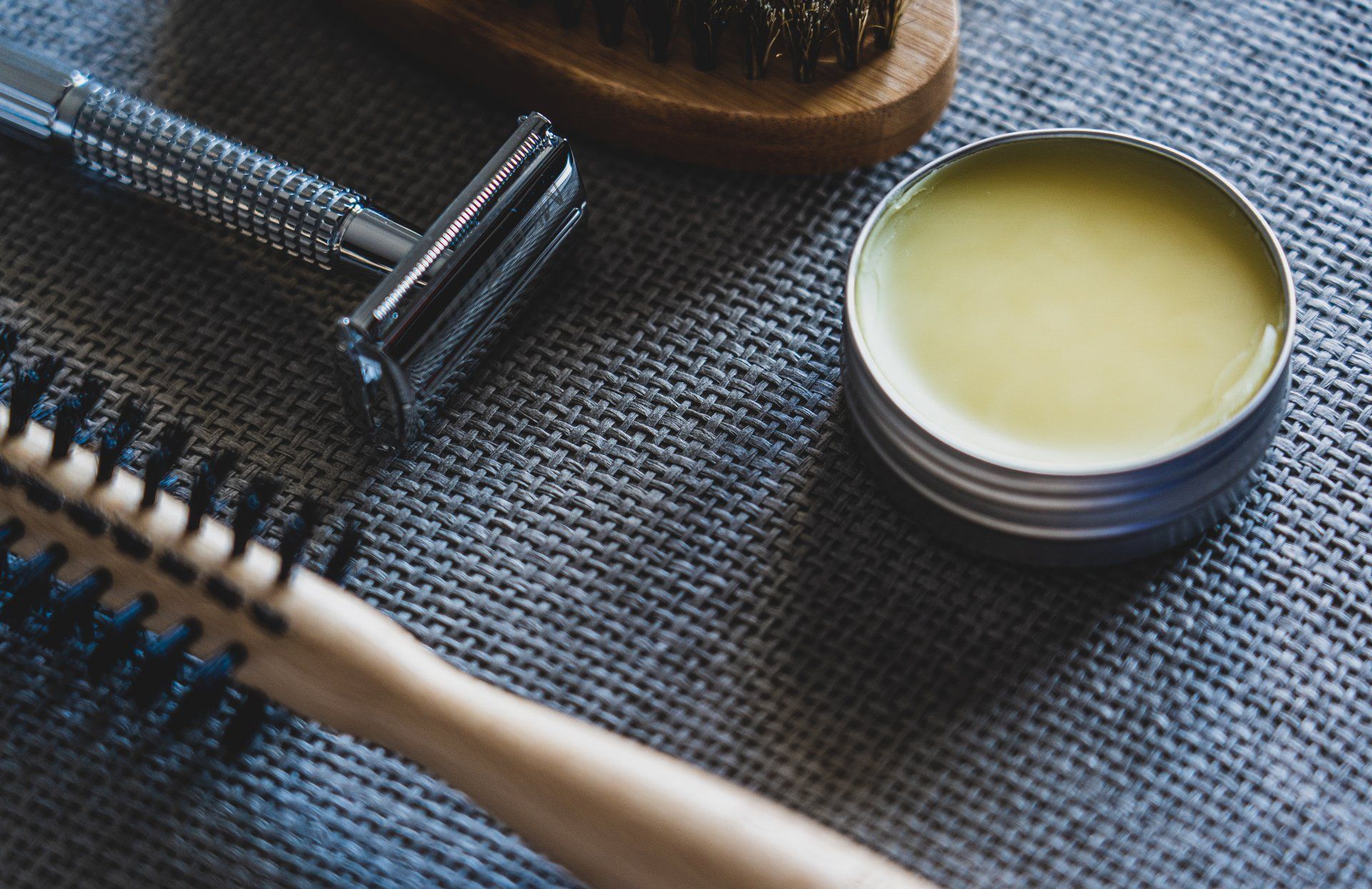Waves: 360's, 540's, 720's Explained
By: Phil Dixon
What 360, 540, 720 waves are and how to get them
The culture of wave building has created bond within the urban culture and to those whom embrace it. The question remains is why are waves still prominent? The answer to that question is quite simple. Waves are beautiful and reflect on the natural state of water. Waves look good on both males and females. There are different variations of waves which include 180's, 360's, and 720's.
Circular wave patterns have been a part of the urban community's hairstyle culture for decades. 180s (Most wavers are against them), 360 waves, 540 waves and 720 waves are all types of this style, each having its own degree pattern, and resembling the features of an ocean. In addition to these is the beehive and swirl styles. While each style has its own distinct look, they all feature circular wave patterns that are designed to create an overall wavy effect. The most important part of achieving any type of wave hairstyle is the constant brushing of your hair. To achieve the optimal wave style, you will need to make sure you use the right products and brush in the right direction. Brushing the wrong angle will lead to numerous issues with your styling process.
For short hair, patience is key when trying to create any type of wavy pattern. You'll need to ensure that you are brushing your hair in a consistent manner with an even stroke while applying product sparingly as this will help create an even and unified look. With patience, practice and proper maintenance, it's possible to achieve any style from a 360 degree wave all the way up to a 720 degree beehive swirl! The 360 wave process is the most popular and involves brushing your hair from the crown of your head all the way down to the hairline. This creates a ripple effect and hence 360 waves, which can be made tighter or looser depending on how often you brush it.
For a 720 degree wave hairstyle, you will need to double up on the brushing routine and use a special wave pomade to lock in that precision look. Beehive swirls involve backcombing your hair at different angles until you achieve a swirling effect around your head. To keep these styles looking their best, make sure to use plenty of quality pomade! 720 waves are a classic look for those with short haircuts. To create this hairstyle, use one comb and slowly move it in a circular pattern around the head. Make sure to start near the hairline and work your way down, creating a consistent wave pattern. The right wave comb is essential when styling 720 waves; if you have longer hair or thicker textures, wavers can help create an even better look! 360 wave patterns are also popular for those with shorter haircuts: unlike 720 waves, these create a different flow trajectory by using two combs instead of one. This creates unique patterns and textures that give the haircut a unique twist.
Wave hairstyles are perfect for certain hair textures, such as type 4 hair. Wave lines add to the overall look of the hairstyle and create a beautiful flow that works with the natural direction of your hair. 360 waves, 540 waves, and 720 waves are all great options for those who have medium-length to long hair. A beehive is another popular choice and works best for those with longer hair. The swirl gives you a unique pattern at the front and creates volume at the crown. It's important to take good care of your waves to keep them looking their best; this includes brushing regularly, moisturizing your scalp, and avoiding heat styling tools when possible. Wave brushes are essential for achieving the perfect wave pattern.
Wavers Digest




